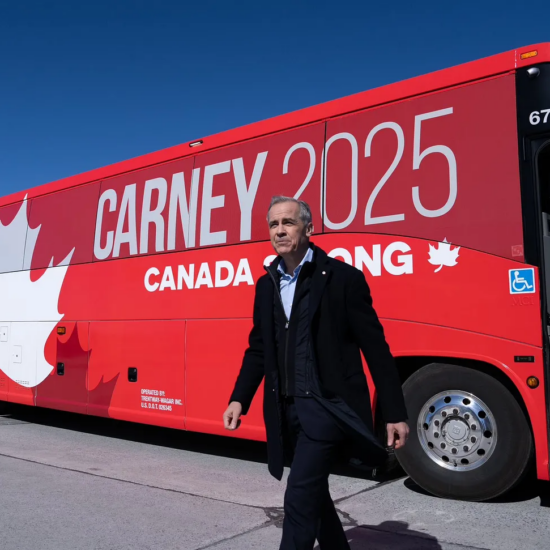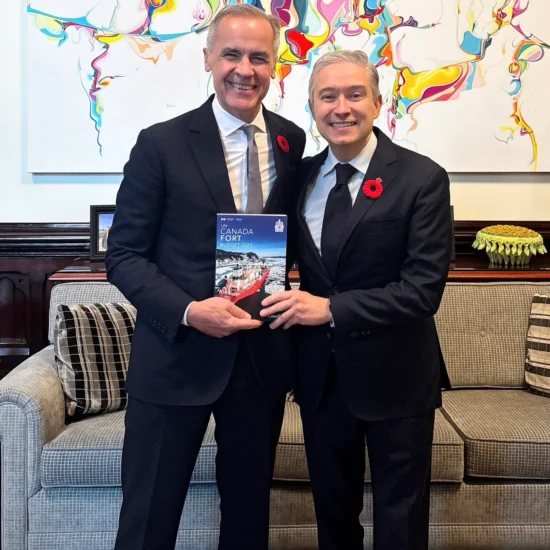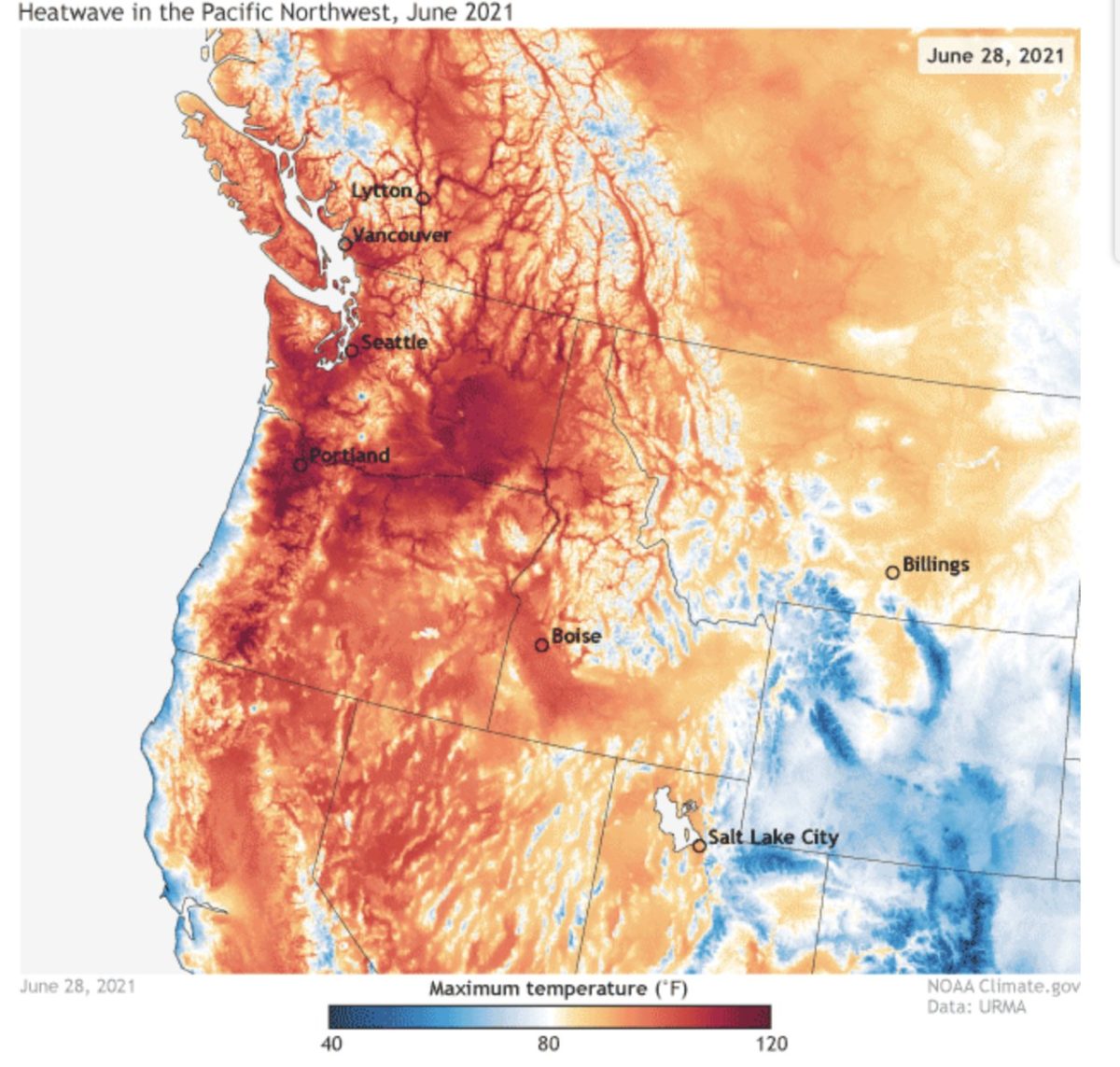
Bob Mackin
Officials waited too long to warn the public about the June 2021 heat dome, said the meteorologist who set-up B.C.’s extreme heat warning system after the deadly 2009 heat wave.
David Jones, formerly Environment Canada’s coastal warning preparedness meteorologist at the Pacific Storm Prediction Centre (PSPC), said forecasts were all pointing to something never before seen in the region by forecasters armed with modern technology. Many were abuzz on social media the previous weekend, before the June 23 special weather statement that forecast a dangerous, long-lasting heat wave.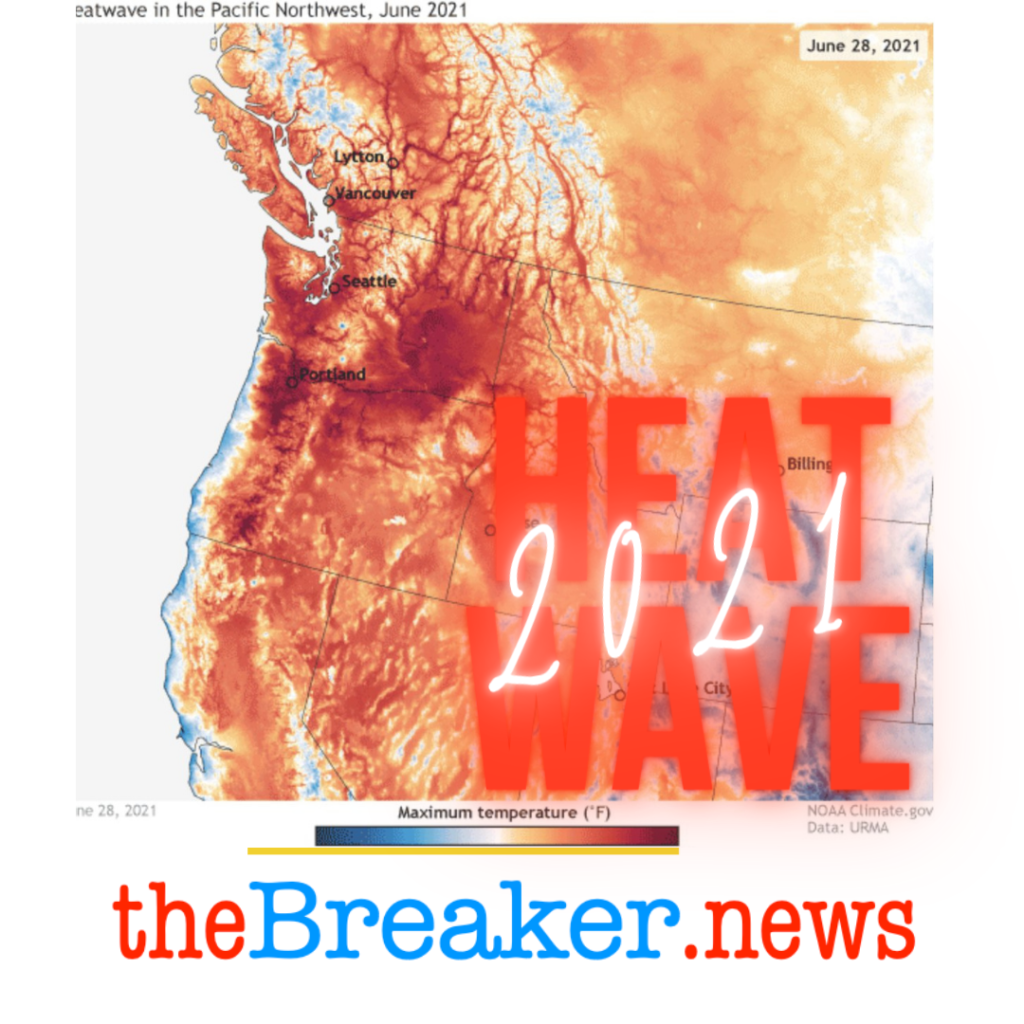
“If there had been consistency, if there had been the knowledge transfer between the health authorities, the B.C. Centre for Disease Control and Environment Canada, the alert, the severe, step two warning, would have gone out much earlier, because there was such high confidence that we were in deep trouble,” Jones said.
A June 7 report by the B.C. Coroners Service said 619 people died of heat-related illness between June 25 and July 1, 2021. It was the deadliest natural disaster in Canadian history.
Jones worked on a heat warning project with the input of BCCDC environmental health scientists Sarah Henderson and Tom Kosatsky after the July 27-Aug. 3, 2009 heat wave. That scorcher reached 34.4 Celsius at Vancouver International Airport and caused an estimated 122 deaths in the Lower Mainland.
Jones introduced the new, two-step protocol in 2012 with BCCDC, Vancouver Coastal Health and Fraser Health Authority and described it in a 2014 Powerpoint presentation.
Temperatures expected to reach 32 C on consecutive days at weather stations in Abbotsford, Hope, and Pitt Meadows prompted the step one special weather statement.
When the average of the 2 p.m. temperature and the next day’s forecast maximum temperature were greater than or equal to 34 C in Abbotsford and 29 C in Vancouver, step two triggered an Environment Canada teleconference with the two Southwestern B.C. health authorities to approve an urgent public statement.
Step two could also be triggered if health authorities notice that three deaths occurred the previous day or 54 deaths are estimated by statistical model in a day.
Jones’s protocol gave forecasters and the health authorities leeway to declare a heat emergency if they were confident that the criteria would be met two or more days in advance or prior to the 2 p.m. measurement.

Meteorologist David Jones
The teleconference about last year’s extreme heat warning wasn’t triggered until 2 p.m. on June 25, 2021, when the average of that day’s temperature and the June 26 forecast high at the bellwether Abbotsford station hit 34.4 C.
Afterward, at 2:42 p.m., Henderson alerted Provincial Health Officer Dr. Bonnie Henry and BCCDC head Dr. Reka Gustafson of the warning and that heat overtook COVID-19 as the number one public health threat for the time being.
“While the threshold has been met a few times since implemented in 2012, the region has previously decided to de-escalate based on the weather forecast,” Henderson said. “This time is different.”
VCH didn’t send the actual public notice to media until 5:33 p.m. — more than three hours after the teleconference.
Jones retired from Environment Canada in 2017 and was never faced with pulling the trigger on the deadly heat alert.
“We got close a couple of times, but never quite got there,” he said. “So that was personally disappointing because I spent a lot of time trying to train the forecasters in the protocol and the steps that were to be taken. And then 2021 comes around and we see this massive, absolutely perfect storm of intense heat coming at an extraordinarily unusual time.”
Jones said it is important to have thresholds for weather warnings and that an emergency be called only when necessary, to avoid public warning fatigue and complacency. Jones also said officials need to be flexible.
“There’s no other alerting system in weather where forecasters know people are going to die, vulnerable people are going to die,” Jones said. “So that makes this failure even greater, because this is one of those times that come along once in a lifetime.”
Environment Canada and the B.C. Ministry of Health did not respond for comment. On June 6, Public Safety Minister Mike Farnworth and Health Minister Adrian Dix announced new thresholds for Southwest B.C. (29 C daytime and 16 C nighttime), Fraser (33 C daytime and 17 C nighttime) and other regions.
A heat warning will now be issued if there are two or more consecutive days in which daytime maximums and nighttime minimums are expected to meet or exceed regional thresholds. An extreme heat emergency will be declared if daytime maximums are expected to increase day over day for three or more consecutive days and communicated via the Alert Ready text and broadcast system.
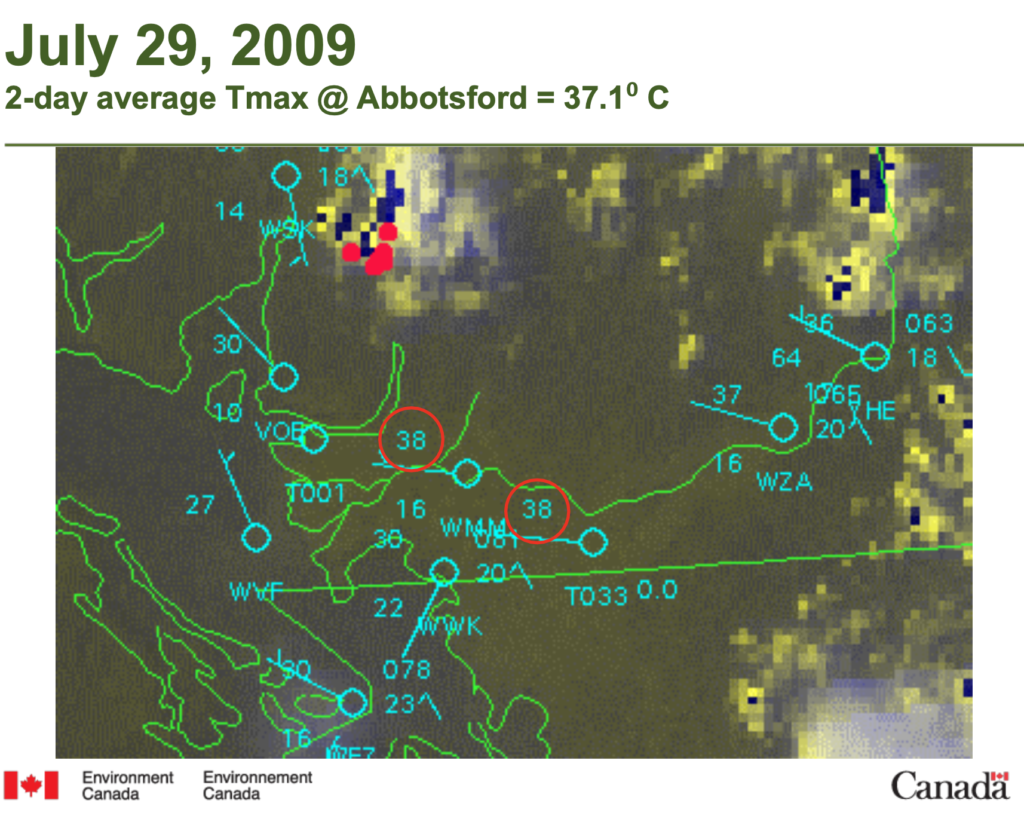
(Environment Canada)
From 1945 to 2014, there was an average of three extreme heat warnings every 10 years, nearly all in July and August and none in June. The only comparable June heat wave to 2021 happened around June 25, 1925 from B.C. to California. Newspapers carried reports of a massive heat wave-related Capilano watershed wildfire that burned an area thrice the size of Stanley Park until it was extinguished in September.
The 2021 heat dome was such a “black swan,” as Jones calls it, that too many people, particularly politicians, rushed to declare it a climate change event rather than deal with the immediate fatalities and the failures to communicate to the public.
“These events, most of them have happened before, and there’s nothing that’s changed in the physics of the atmosphere to suggest that wind storms, snow storms, rain storms, anything of that particular type here in B.C. has changed, except the temperature,” Jones said. “So the temperature on average is rising and about the only impact a forecaster can see that on meteorology here on the West Coast, is to say that seems like the Arctic air is not getting as cold as it used to.”
Support theBreaker.news for as low as $2 a month on Patreon. Find out how. Click here.








